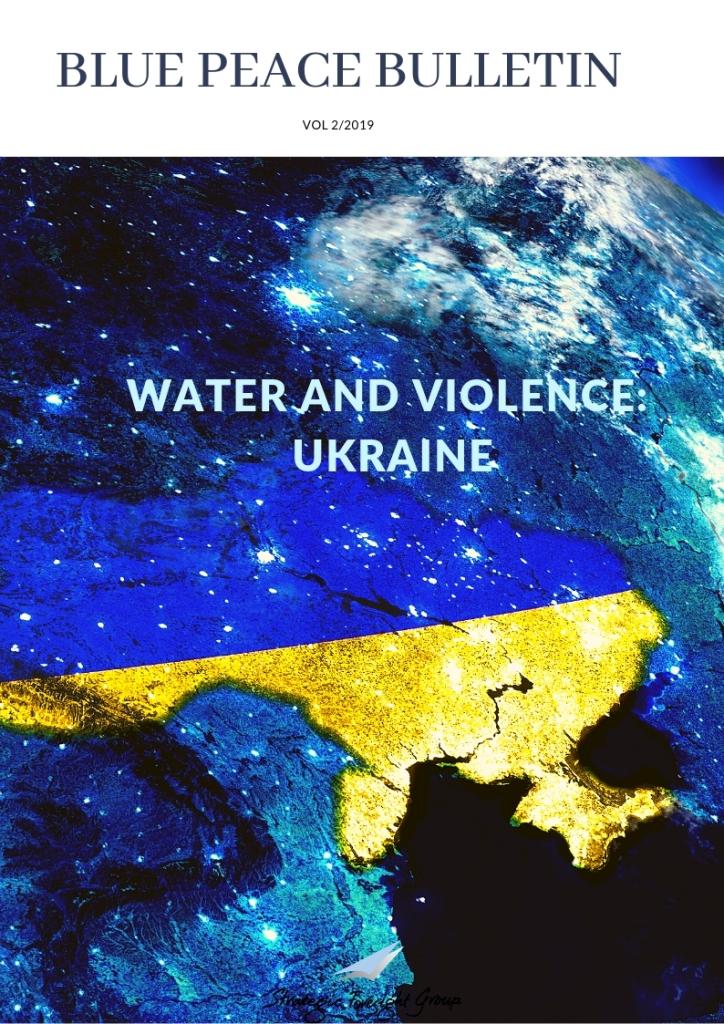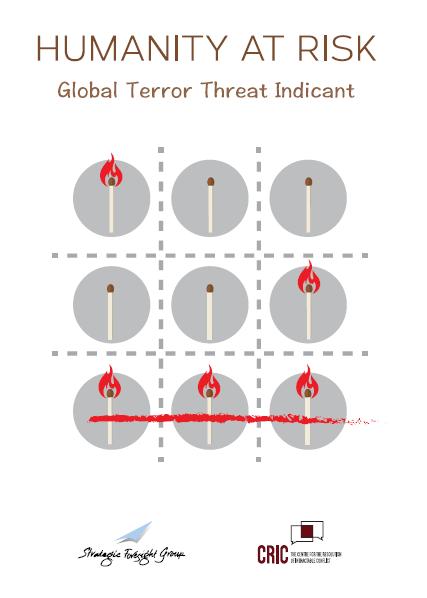The Indo-US Nuclear deal: Are two countries gaining or is the world losing out?
|
|
October , 2008
By
|
As of October 3rd 2008 the 123 civilian nuclear cooperation between India and the United States had completed its 3 year long journey across the globe and been ratified by not only the parliament in both countries, but also been given its blessings by the international community. On October 10th External Affairs Minister Pranab Mukherjee and Secretary of State Condoleezza Rice signed the agreement at a ceremony in the State Department, operationalising the deal which is now legally binding on both sides. The deal firmly places India within the nuclear club and has formed a new strategic partnership between the world�€™s most populous democracy and the world�€™s most powerful democracy. This deal has far reaching consequences for India and America and for the much of the world as well, consequences that leaders must keep in mind during all future negotiations and transactions.
Manmohan Singh came into office the same year as President Bush was re-elected in 2004. During his second term, Bush was occupied with two major concerns �€“ the growing economic and military muscle of China, and the growing terrorism in the tribal areas of Pakistan. China�€™s aggressive diplomacy in the region with Pakistan and Sri Lanka and in parts of Africa and the Middle East was unnerving both India and the U.S. While Iraq and Afghanistan are still Bush�€™s foremost pre-occupations, as is the financial crisis that is engaging the world today, Pakistan will be a future concern of whom ever takes his place in November. It was in this context, and India�€™s steadily growing economy that Bush started looking to India as a future strategic partner.
It is no secret that one of the key driving forces behind Washington building new bridges with New Delhi is because of Bush, Rice and others of similar thinking looking to India as a geopolitical asset in the region vis-à-vis China and Pakistan. By extending this alliance to India, Bush has walked away from, and definitively ended over 30 years of U.S ban on supplying India with nuclear fuel and technology, which was implemented after India�€™s first nuclear test in 1974. This agreement has also ushered India into the nuclear playing field, where countries such as France have already begun talks on possible nuclear trading. There are two main characteristics which define India that appeal to the leaders in Washington. One is her enduring democracy in the face of a multi-ethnic and multi-lingual population of a billion people, and secondly is the fact that the Indian Muslim community, baring a few small pockets, have largely stayed clear of the West vs Islam debate. In retrospect, it seemed that Bush was very clear in strengthening this new alliance with India and was determined to ensure that the deal was accepted in his country and by the international community.
Predictably there were critical voices both in the United States and around the world, regarding Bush using America�€™s political clout to ensure that the deal was accepted by the international community, and that the Nuclear Suppliers Group (NSG) granted the waivers that were needed. The non-proliferation lobby, and numerous protests around the world, were plainly afraid that Bush�€™s decision to sell nuclear technology to India would open the door for other countries, specifically Iran and Pakistan, to walk down the same path. The question that was posed was that what if this ultimately led to a nuclear arms race in South Asia, an unwelcome thought given the fragile balance between several countries in the region.
On the Indian side, the UPA government faced severe opposition from the left and other leaders who were wary of a long lasting, binding relationship with America, and of India giving up her sovereignty by allowing inspection of her nuclear facilities. Several negative voices were also heard from senior and highly distinguished scientists who had occupied leadership positions in nuclear facilities during the cold war and were schooled in India�€™s non-alignment policy.
Despite the opposition both leaders went ahead with the agreement, and lobbied their respective parliaments and the international community to pass the deal. A major part of the 123 agreement was getting the NSG, a 45 member cartel that limits trade in nuclear materials and technology, to pass a �€˜waiver�€™ allowing member countries to do business with India. After months of negotiations, bilateral conversations and PM Singh assuring the group that India would keep to its �€˜voluntary�€™ test moratorium, on September 6th the NSG passed the waiver ensuring a lasting legacy for an outgoing U.S President and an embattled Indian Prime Minister. Critics fear, and perhaps on some levels rightly so, that this will forever change the global non-proliferation regime, but the deal has been done.
Previously NSG rules barred nuclear commerce with any country that had not signed the Nuclear Non-Proliferation Treaty (NPT) or had not put all of its nuclear industry under safeguards operated by the International Atomic Energy Agency (IAEA), the UN�€™s nuclear guardian. India, which rejects the NPT and also refuses to sign the Comprehensive Test Ban Treaty (CTBT), and has built and tested nuclear weapons, will do none of the above. As part of the agreement it has merely promised to separate 14 of its 22 nuclear facilities as civilian and place them under IAEA inspection.
What is ironic is that India is a big reason the cartel exists, it was formed to prevent a repeat of her 1974 nuclear tests. But the world�€™s nuclear club, spearheaded by America�€™s diplomatic muscle, has bent its rules to accommodate India, confirming her new status in the world. Beyond the symbolism, the waiver will now allow India to import much needed uranium and technology to meet her growing energy demands, which will in turn enable the country to use most of its domestic uranium for weapons building, should it chose to do so. Should India test again, it will be up to individual governments to decide whether and how to curtail nuclear trade and much of that will depend on the world that exists at the time of testing.
For both countries this deal, despite the opposition, should prove fruitful in the long run. India has been firmly accepted as a country to be taken seriously, the agreement with the U.S should meet her long term energy needs for her growing population, and other countries have begun bilateral trade negotiations. America gets to sell technology and other military equipment to India; the new investment opportunities in India will create 250,000 high-tech jobs for Americans; they now have a new solid strategic partner in the region, and as some might argue this partnership balances out some of America�€™s other disastrous decisions in the Middle East.
Yet amidst the trumpets one cannot ignore the implication of this agreement for the global world order and how other nations might react. China poses a serious question, for they are extremely unhappy with the deal, which was clearly seen when they initially hesitated to sign the deal; and regardless of whether they decide to go ahead with a similar deal with Pakistan, (which Pakistan claims is in the offing) they will not let this manoeuvre by the U.S go without response.
By allowing India exceptions, the worlds nuclear guardians (self appointed that they might be) send a message that it can bend the rules to suit its own needs, which in itself is dangerous; which in time can be used against the West �€“ Iran, North Korea, Pakistan, any of these countries could be a potential threat. Moving along the same train of thought is the very real possibility that this deal will fuel an arms race in Asia. Even if India has good intentions, and an impeccable non-proliferation record, Pakistan cannot afford to give India the benefit of the doubt, that all incoming technology and material will not be used to increase her stockpile.
These are very real and extremely important questions that need to be considered by future leaders of both India and America, and other countries, before they get to a point where solutions to crisis�€™s will need to be found.
Related Publications
Related latest News
Related Conferences Reports
-

P5 Experts Roundtable on Nuclear Risk Reduction
Download:Geneva Roundtable Report
-

Roundtable on Global Security and Catastrophic Risks
Download:Report on RT revise





